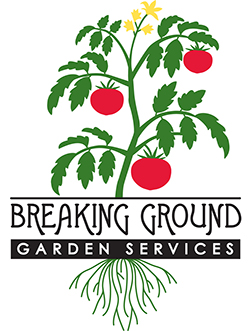Published in the Alameda Sun, Thursday, January 14, 2021
by Birgitt Evans
Butterflies are attracted to red, orange, yellow and purple flowers, but they need more than just plants to survive. All their needs can be satisfied in a small corner of any garden.
Butterflies are perennial favorites for young and old alike. People love to watch them flutter past and feed from flowers. With the near total collapse of the Western Monarch Migration, many people want to know how to support the remaining Monarchs as well as some of the other 700 species of butterflies found in North America, so this article is intended to help Alamedans learn how to welcome them to their green spaces.
Butterflies are insects and, as such, have three stages of development: the larva or caterpillar, the pupa or chrysalis, and the adult butterfly. In order to attract and maintain a population of butter¬flies it is necessary to provide food plants for both the larvae and the adults and be mindful of disturbing the chrysalis while doing garden maintenance.
This is rather a chicken and egg situation. Most people are interest¬ed in attracting butterflies; however, if there are no larvae, there will be no adults. Bringing caterpillar foods into the garden can greatly increase the chances of attracting both common and uncommon butterflies while providing an excellent opportunity to plant an increasing variety of native plants.
In most cases, caterpillars of a given species feed only on a very limited variety of plants, so those who are interested in attracting a particular species should be sure to research what the larvae (caterpillars) eat and plant it in their yards. For example, Pipevine Swallowtail lovers should plant pipevine, while Monarch enthusiasts should plant milkweed, since these are their only food sources.
Butterflies are rather less particular about which flowers they will feed on, but they too have their preferences. Butterflies prefer dense “clusters” of small flowers such as zinnias, tithonia, buddleia, milkweeds, verbenas, and just about anything in the family Umbelliferae. Flat-topped flowers with short flower tubes allow the butterflies to reach the nectar.
Butterflies and native plants have co-evolved, so this is yet another reason to introduce more natives to our gardens, especially those with red, yellow, orange, pink, and purple flat-topped or clustered flowers. The plants provide nectar and the butterflies pollinate the plants to produce seeds for birds and, ultimately, more plants.
Be sure to plant good nectar sources in the sun, because butter¬flies generally feed only in the sun. If sunlight is limited in the landscape, try adding butterfly nectar sources to the vegetable garden or create a container garden.
Finally, to maintain a healthy butterfly population, avoid all insecticides, since they do not discriminate between cucumber beetles and Monarch butterflies. Many plants are drenched with neonicotinoids by the grower to prevent cosmetic damage. These systemic insecticides reach all the tissues in the plant, including the nectar, and can kill both feeding caterpillars and butterflies. Some growers are using them on bee and butterfly friendly plants, so be sure to ask nurseries if insecticides have been used on the items that you are about to purchase.
With a little care and research, anyone can create a butterfly haven in their garden.
Additional Resources
The Xerces Society has pollinator friendly plant lists, webinars on creating habitat and extensive information on how the help Monarchs at www.xerces.org.
The Master Gardeners of Alameda County have two out¬standing plant lists of California native and Mediterranean plants, many of which are excellent for butterflies at http://acmg.ucanr.edu/ Outstanding_Plants_for_Alameda_ County.
